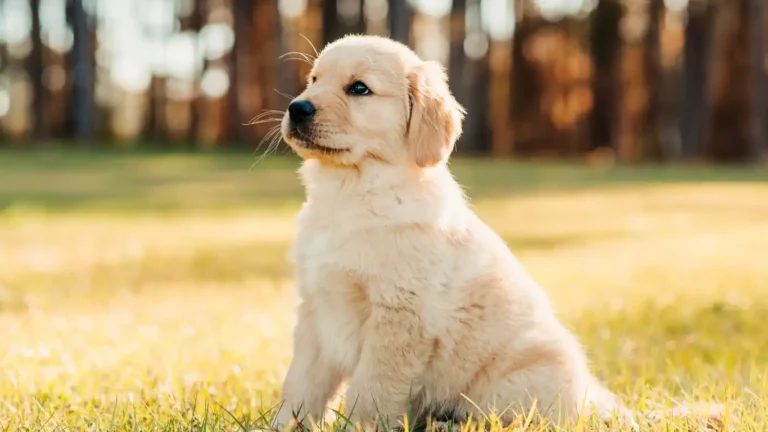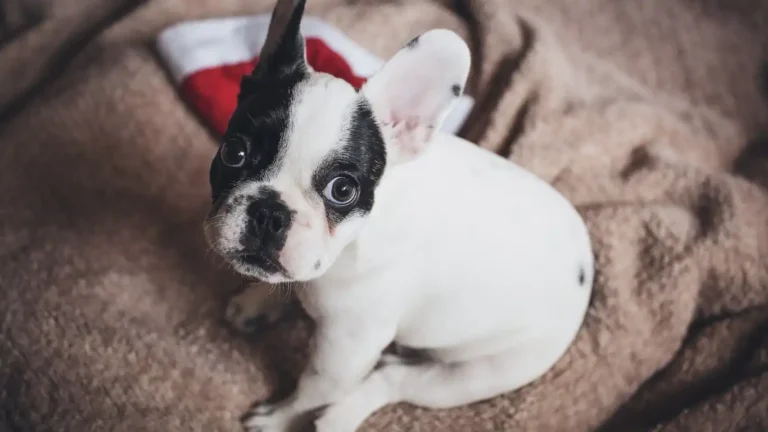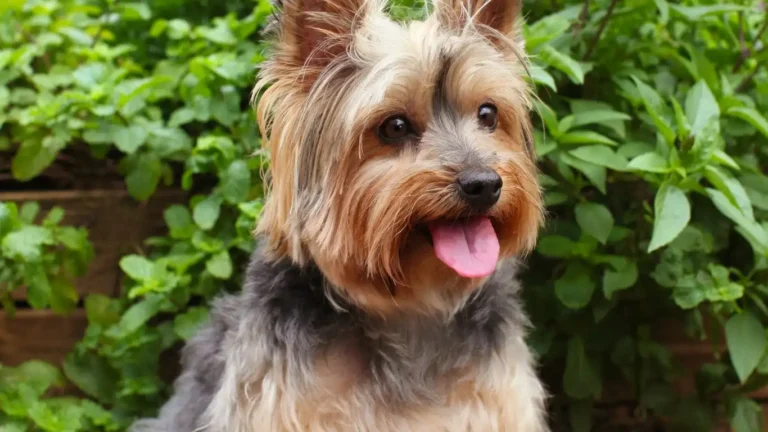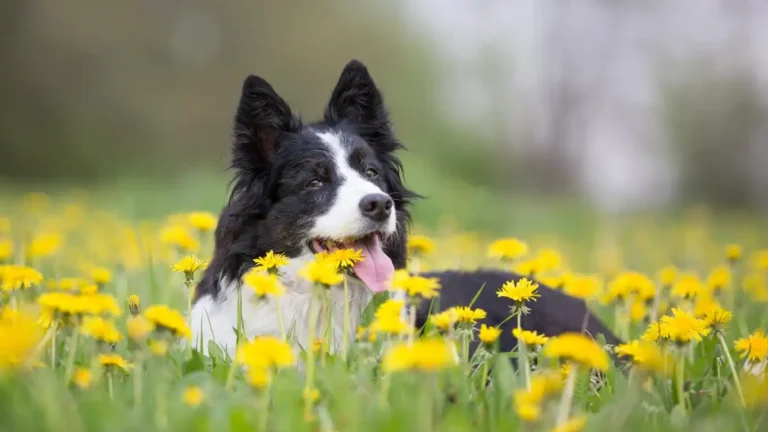Proven Ways to Prevent Dog Boredom During Long Winter Days
If you’ve ever been stuck inside with a hyperactive dog while snow piles up outside, you know exactly what I mean when I talk about how to prevent dog boredom during long winter days. It’s like cabin fever… but with zoomies. As a Veterinary Technician specializing in pet nutrition, I’ve seen firsthand how lack of mental and physical stimulation can lead to stress, weight gain, and even behavioral issues in dogs. And honestly? I’ve lived it with my own pack during those long, icy months. But don’t worry—there are plenty of simple, enriching things you can do to keep your dog happy (and sane) when the weather outside is frightful.
Indoor Fun That Wears Them Out
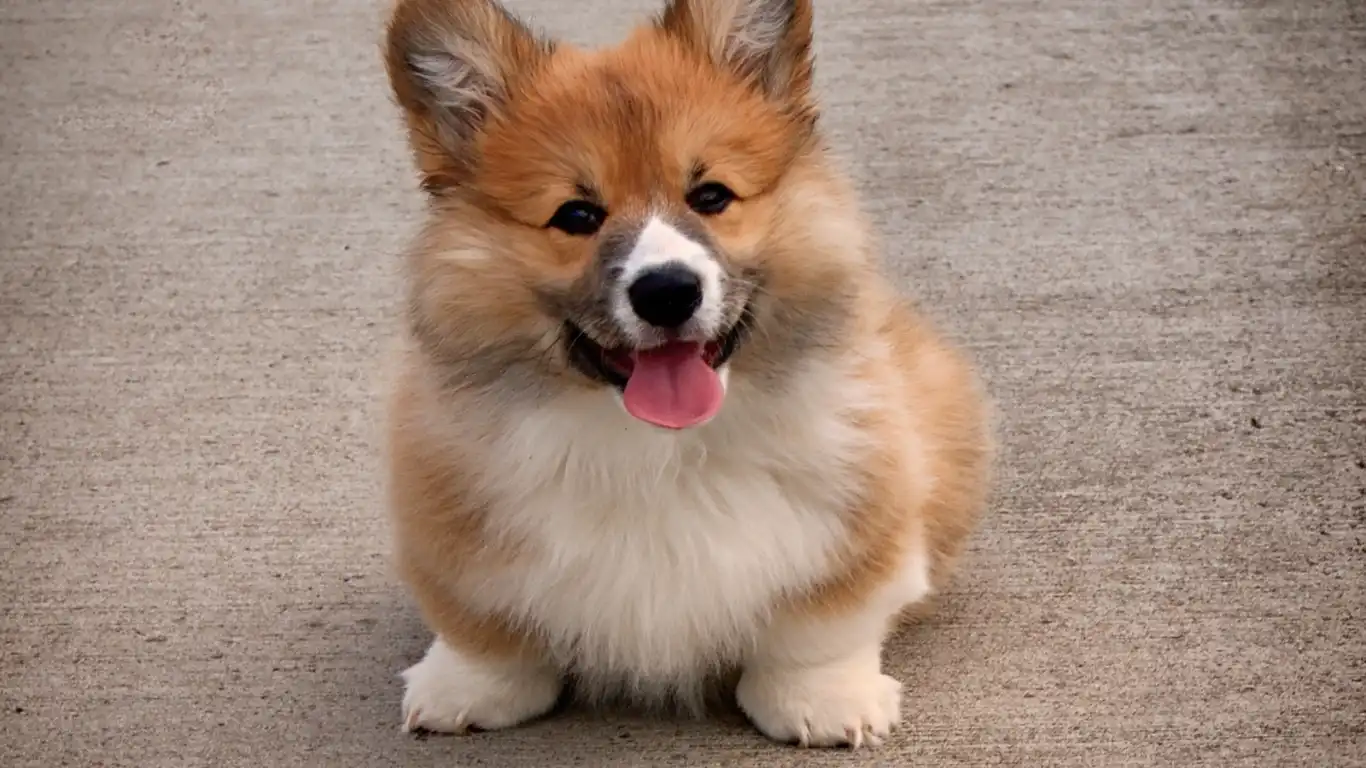
Tug of War, Hide-and-Seek, and DIY Obstacle Courses
You don’t need a backyard to tucker out your pup—just a little creativity. When the ground is frozen solid, indoor games become your best friend. Tug-of-war is a classic energy-burner, and most dogs *love* it. I also like to play hide-and-seek around the house (yes, literally hiding behind doors and calling them). It turns into a fun little challenge for their brain and body.
One of my favorite winter activities to suggest to clients is a homemade obstacle course. Think couch cushions, broomsticks, and even open drawers—whatever you’ve got. Use treats to guide them through a mini course. Not only is it fun, but it also builds confidence and deepens your bond.
Enrichment Toys That Actually Work
Not all dog toys are created equal. Trust me, I’ve seen a lot of sad, abandoned toys on clinic check-ins. But when it comes to indoor enrichment, puzzle toys and treat-dispensing gadgets are game-changers. My go-to recommendations?
- Kongs stuffed with a mix of kibble, wet food, and even a spoonful of peanut butter. Freeze it to make it last longer.
- Snuffle mats to simulate foraging. Great for slowing down fast eaters too.
- Interactive feeders like slow bowls or maze trays.
These tools are not just “fun”—they encourage problem-solving and reduce anxiety. I often recommend using part of your dog’s regular meal as the treat base so you’re not overfeeding. That’s a pro tip from the nutrition side!
Make Mealtime More Exciting
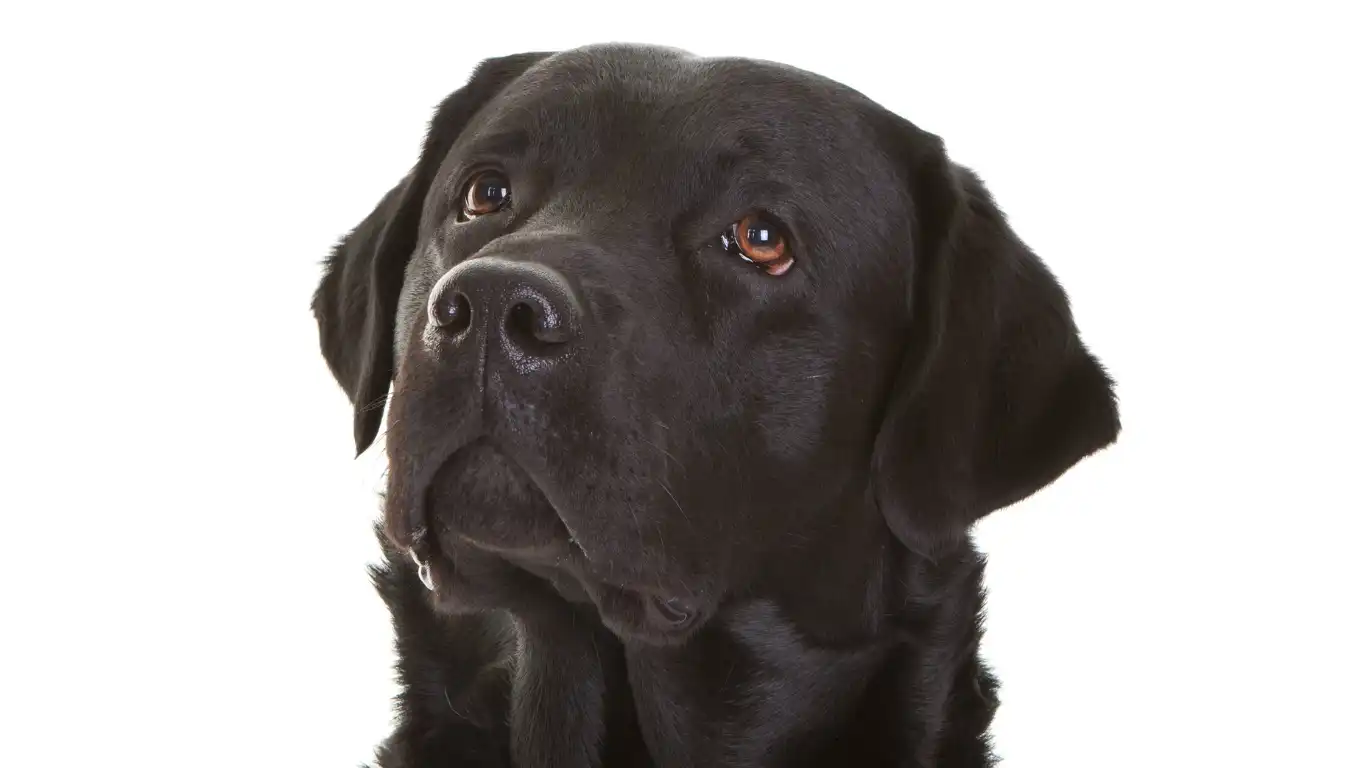
Switch Up the Routine
Feeding time is usually pretty standard: scoop, bowl, done. But during the winter, turning meals into events can help fill those long stretches of indoor time. One thing I always suggest is rotating feeding methods—think lick mats one day, frozen treat toys the next, or even scavenger hunts where you hide small amounts of kibble around the room. It taps into their natural instincts and works their brain while they “hunt” their food.
I personally feed my senior shepherd this way. He’s not as active as he used to be, but giving him 15 minutes of mental stimulation at breakfast keeps him from sulking at the window all day.
Incorporate Functional Nutrition
Winter is also a great time to boost your dog’s nutrition. Since they might be moving less, calorie control is crucial to avoid unwanted weight gain. I often recommend adding a bit of low-calorie bone broth or steamed veggies like green beans or pumpkin to stretch out meals without extra fat.
For high-energy breeds or pups who struggle with winter blues, a little boost of omega-3s from fish oil or a vet-approved calming supplement can make a noticeable difference. Of course, always check with your vet before adding anything new to your dog’s diet.
Rotate Activities to Keep It Fresh

Don’t Let Routine Become Boring
Just like us, dogs can get tired of doing the same thing over and over. I like to think of their indoor schedule like a gym rotation: mix cardio (playtime), strength (tug, training), and mindfulness (sniffing games, relaxing massage). That’s how you avoid the winter burnout and help keep your dog mentally balanced.
Even switching up the room where you play or feeding in a new spot can make a big difference. Dogs notice these changes and react with curiosity, which is exactly what we want during the colder months.
Training Games That Double as Mental Workouts

Brush Up on Old Tricks or Teach Some New Ones
Winter is the perfect time to revisit basic obedience or dive into fun trick training. Honestly, even five minutes a day can do wonders. I’ve worked with so many pet parents who underestimated how much mental stimulation comes from something as simple as “sit” or “spin.” My own border collie mix will gladly work for a single piece of kibble if it means showing off her “wave” trick—it’s adorable, and she gets that tail-wag satisfaction from the praise.
If your dog already knows the basics, try stepping it up: teach them to put toys away, ring a bell to go outside, or even fetch specific items. Trick training isn’t just a party trick—it builds confidence, deepens your bond, and burns mental energy, especially when outdoor play is limited.
Use Clicker Training for Extra Engagement
I always recommend clicker training to my clients because it’s fun, clear, and incredibly rewarding for dogs. The sound of the click becomes their little “yes!” moment, and it really helps them understand what you want. Plus, it keeps training sessions short and sweet while delivering a big payoff in focus and engagement.
DIY Sniff Games & Sensory Activities
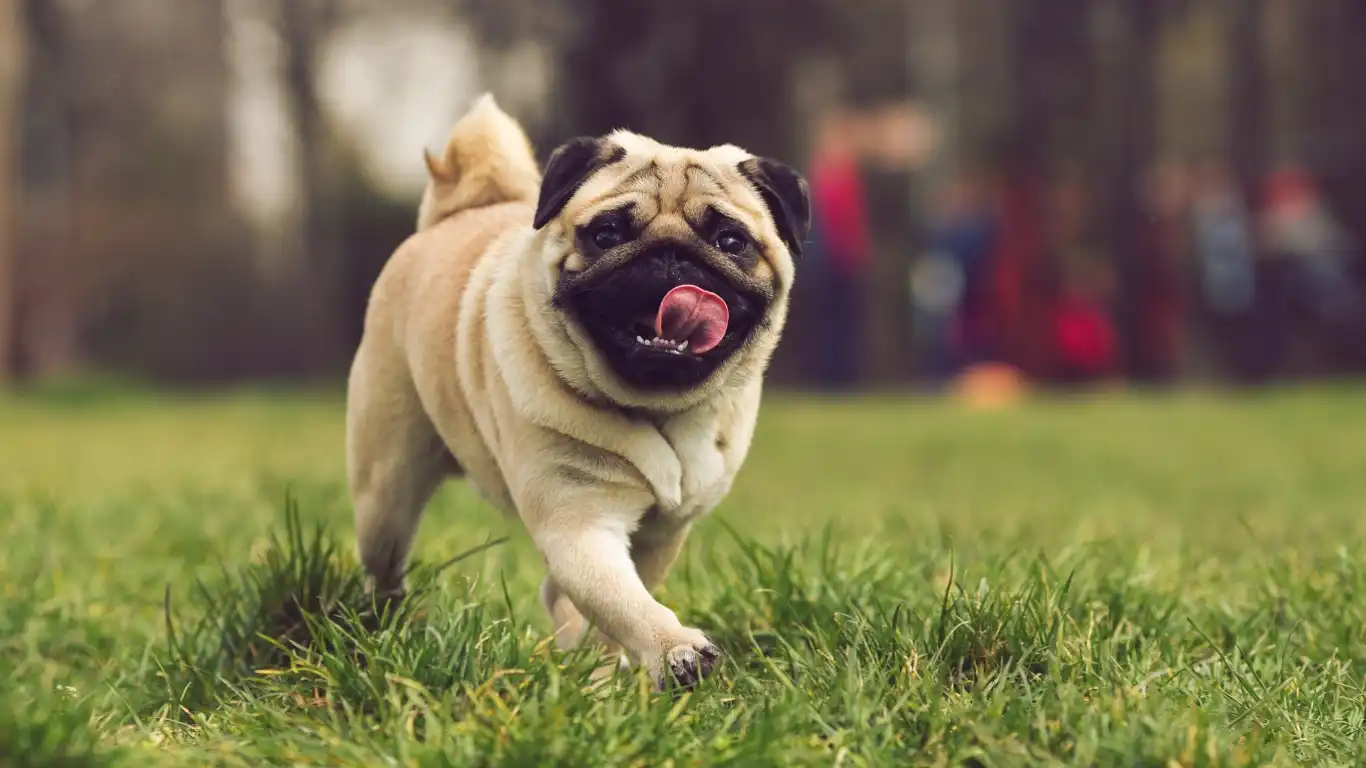
Scent Work Isn’t Just for Working Dogs
Here’s the thing: your dog’s nose is incredible. Even if they’re not a hound, they’ve got a powerhouse sniffer that craves action. During winter, I love using scent-based games to challenge their brain. You don’t need any fancy gear—just a few treats and maybe a few boxes, cups, or rolled-up towels.
- Start with a simple “find it” game. Hide treats behind furniture or under a towel while they watch.
- Once they get the hang of it, add some difficulty—like using scent containers or spreading the game into multiple rooms.
- Make it harder by switching up the hiding spots or adding distractions.
My Labrador, Molly, goes nuts for these games. She gets laser-focused, tail wagging, and it’s obvious how much satisfaction she gets out of using her nose. It’s a total confidence booster and a solid way to stave off boredom without needing to step outside.
Let Them Explore New Textures and Scents
If you have a curious pup, let them interact with different sensory materials indoors. I once made a simple sensory bin with safe items like crinkly paper, pinecones, tennis balls, and a blanket with treats hidden inside. It’s a low-cost, creative way to bring some outdoor vibes indoors.
Quality Time Without the Pressure
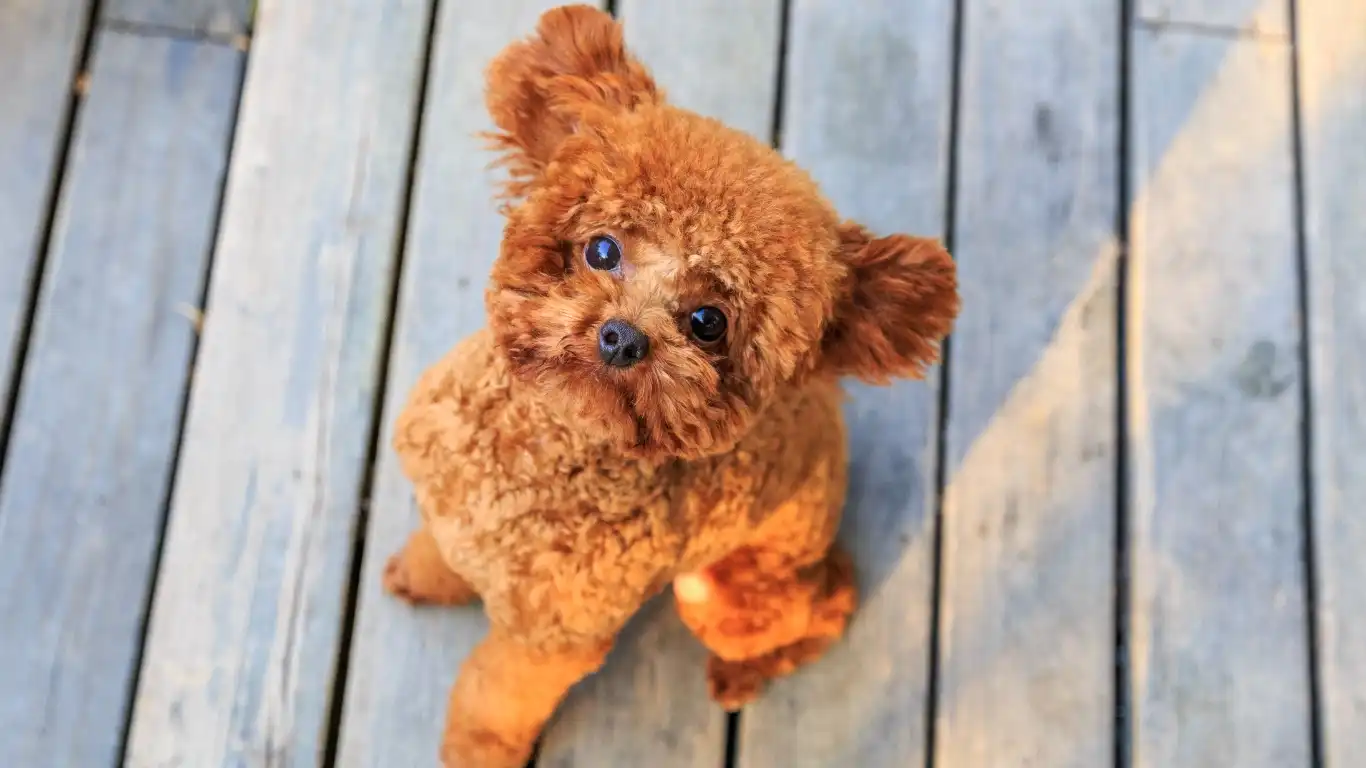
It’s Okay to Just Chill Together
Look, not every moment needs to be jam-packed with action. Sometimes your dog just wants to be close. Winter days are great for those slower moments—cuddling on the couch, giving a relaxing brush-out, or just being present while they nap by your side. It’s still connection, and honestly, it helps both of you decompress.
As a vet tech, I often see dogs that are over-scheduled and overstimulated. Downtime is just as important as playtime. So if you’ve already done a sniff game and a puzzle toy that day? Take a breather. Your pup will love it just as much.
Use Massage to Build Trust and Ease Restlessness
Ever tried massaging your dog? Not just a belly rub—actual massage techniques. It sounds fancy, but it’s easier than you’d think. I learned a few basic moves during my vet tech training, and I now use them regularly at home and sometimes during wellness appointments.
Gentle ear rubs, long strokes down the back, or circular motions along the shoulders can help ease stiffness and improve circulation. It also offers emotional support, especially for anxious dogs who don’t love the cold or hate the sound of the snowplow (yep, my terrier barks at it like it owes him money).
Mix Up the Environment Without Leaving Home

Rearrange, Rotate, and Refresh
This tip may sound odd at first, but hear me out. Just like us, dogs can get bored with the same view every single day. Try rearranging the furniture slightly or rotating where their bed and toys are. Create a cozy little nook with blankets near a window for sunbathing—or better yet, add a small indoor tent or playpen for their own winter “den.”
Changing the setup gives them something new to sniff, explore, and engage with. It doesn’t take much—just a small tweak in the layout can spark curiosity. I started doing this on snow days, and it turned into a fun little tradition with my pups. They get excited like, “Whoa! This bed is in the kitchen now? Mind. Blown.”
Social Stimulation Matters Too
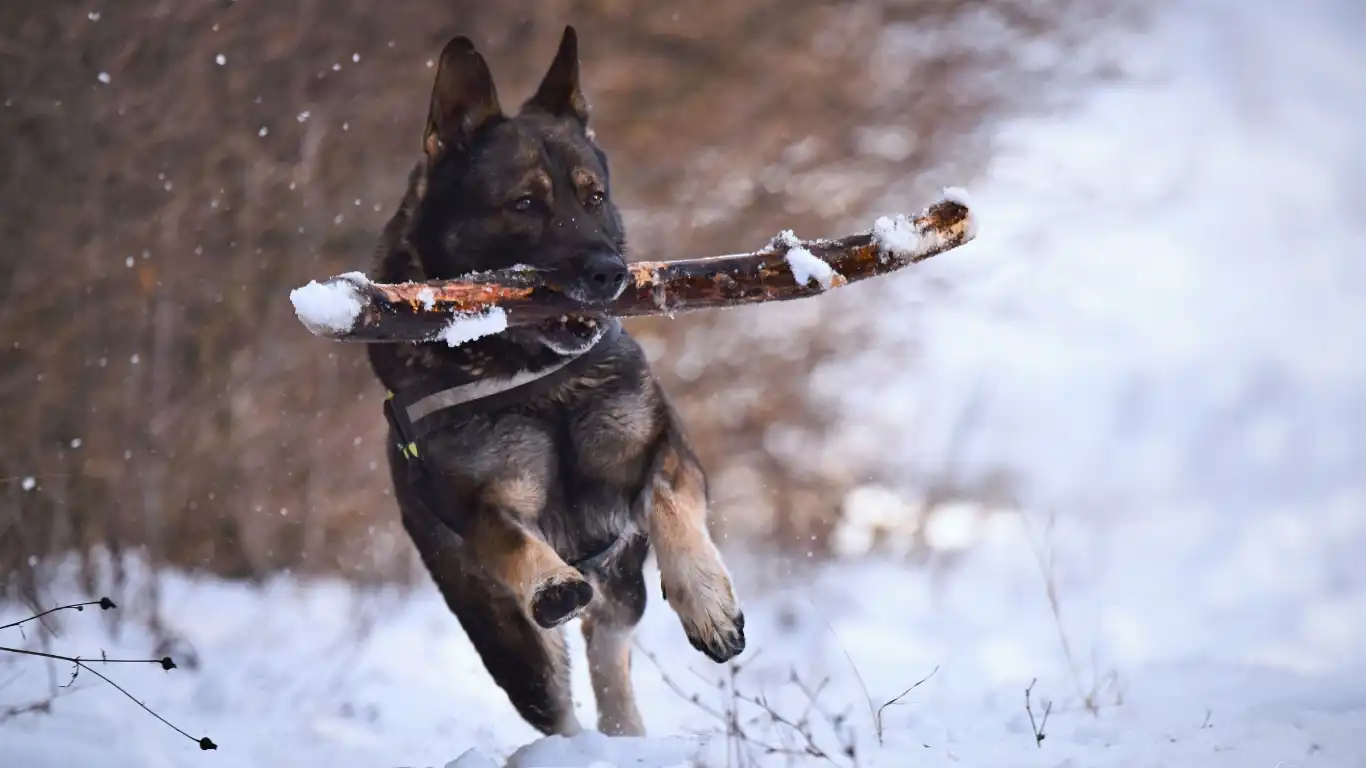
Plan Playdates or Doggy Meetups Indoors
Dogs are social creatures, and winter isolation can get to them just like it does to us. If you’ve got a dog who thrives on interaction, consider scheduling indoor playdates with trusted dog friends. I do this all the time with clients and friends who have similarly behaved pups. We rotate houses, lay out a few toys, and let the dogs do their thing. It’s great mental stimulation and keeps their social skills sharp, too.
Just be sure to supervise and keep things low-key, especially in smaller spaces. Have water available, provide rest breaks, and know when to step in if the energy gets too intense. It’s about fun, not chaos!
Visit Indoor Dog-Friendly Spaces
Depending on where you live, you might have access to doggy daycare facilities, indoor agility centers, or even pet-friendly cafés and stores. These can be fantastic options for burning off steam and giving your dog a change of scenery.
During my time working in a veterinary clinic, I partnered with a few local facilities to refer clients whose dogs needed more stimulation than they could provide at home. Some of those dogs were completely transformed just by having a safe space to explore and play in during the colder months. And the owners? Relieved and grateful.
Light Up Their Day—Literally
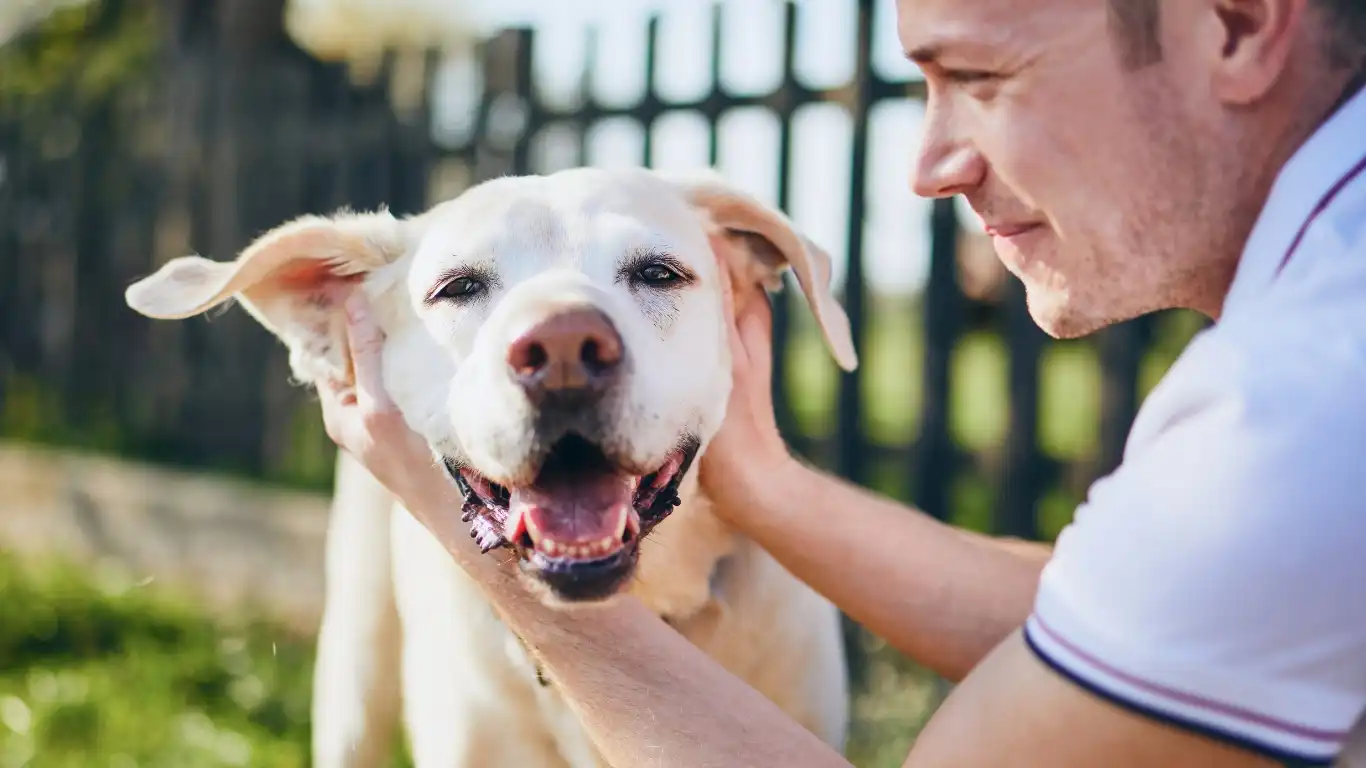
Natural Light and Windows Make a Difference
This might sound simple, but one of the most underrated ways to help your dog stay mentally balanced is by maximizing access to natural light. Just like people, dogs can be affected by the shorter daylight hours. I always tell clients to open up those blinds, move beds near sunny spots, and let your dog bask in that golden winter light when it’s available.
If your space lacks natural light, consider pet-safe lamps or bulbs that simulate sunlight. I’ve had clients swear by it, especially for senior dogs who seem more lethargic or down during the darker months. It’s a small adjustment that can really boost mood and energy levels.
Stick to a Predictable Winter Routine
While variety is important, having a consistent baseline schedule also helps dogs feel secure. Try to feed, play, and relax at roughly the same times each day—even when the weather throws your usual walk off-course. It reduces anxiety and gives your dog a sense of structure in a season that can feel a bit… unpredictable.
In my house, breakfast is followed by an enrichment activity, then downtime while I work. Around mid-afternoon, we do a play session or short walk if the weather cooperates. Then evening is trick training, a stuffed Kong, and chill time. Nothing fancy, but it works like magic to keep everyone sane—including me.
Final Thoughts: Balance is Key
Don’t Try to Be the “Perfect” Dog Parent
One thing I really want to drive home is that you don’t need to do all of this every day. Seriously. Winter dog boredom is real, but so is pet parent burnout. Try rotating through these ideas, picking and choosing what fits your dog’s energy level and your schedule. Some days it might be a training session and a snuffle mat. Other days? A cuddle session and a nap. That’s okay.
The goal is to offer your dog a mix of mental, physical, and emotional stimulation throughout the week. If they’re engaged, healthy, and relaxed—even with snow outside—you’re winning. And from my experience, your dog will thank you with better behavior, fewer anxious moments, and a wagging tail through every cold snap.
References
- American Veterinary Medical Association (AVMA)
- American Society for the Prevention of Cruelty to Animals (ASPCA)
- PetMD
- Fear Free Pets
Disclaimer
This article is based on my personal and professional experience as a Veterinary Technician/Nurse specializing in pet nutrition. It is intended for informational purposes only and does not replace veterinary advice. Always consult your veterinarian before making changes to your dog’s routine, health regimen, or diet—especially if your dog has medical conditions or behavioral concerns.

